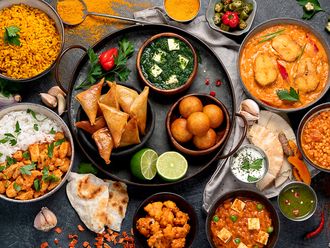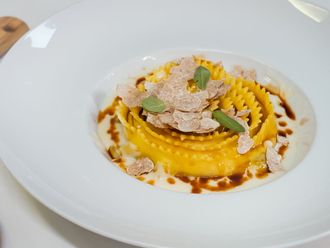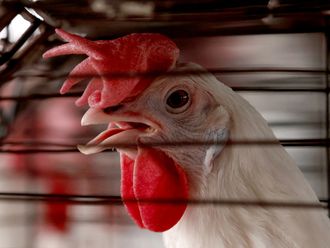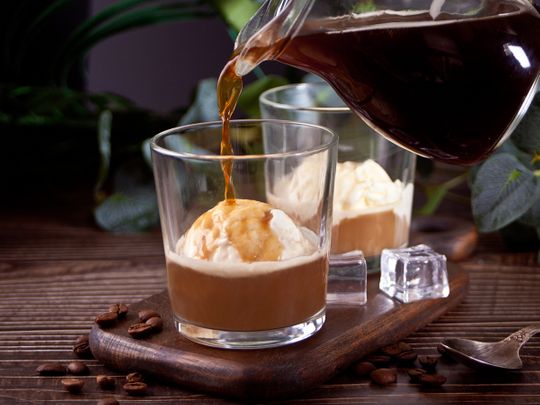
Let us take you to Italy – a place where art, fashion, architecture, opera, literature, film and food meet, to form a country brimming with culture, tradition and history. Italy is where you could spot different shades of Vespas, cafés opening shop at the break of dawn to sell out their freshly baked focaccias (Italian bread), coffee and their famed gelato or ice cream.
Gelato in the morning, you ask? Italy says sì!
But among all of this lies the humble affogato or affogato al caffè – a popular dessert made using the goodness of ice cream or fior di latte (flower of the milk) and a few shots of espresso. Some would even say that this dish touches the heart way more than your tastebuds.
That being said, Italians are quite particular about their coffee or, shall we say, caffè (pronounced kah-feh)?
Like most Italian food, affogato offers every diner a lesson in minimalism. If we were to truly describe it, we would say that it is a love affair between two delicious dishes.
That being said, Francine Segan, who is an Italian food historian and Francesco Sanapo, an expert coffee sommelier, spoke to Food by Gulf News on this classic, yet sublime, dessert-drink, which has risen to immense popularity the world over.
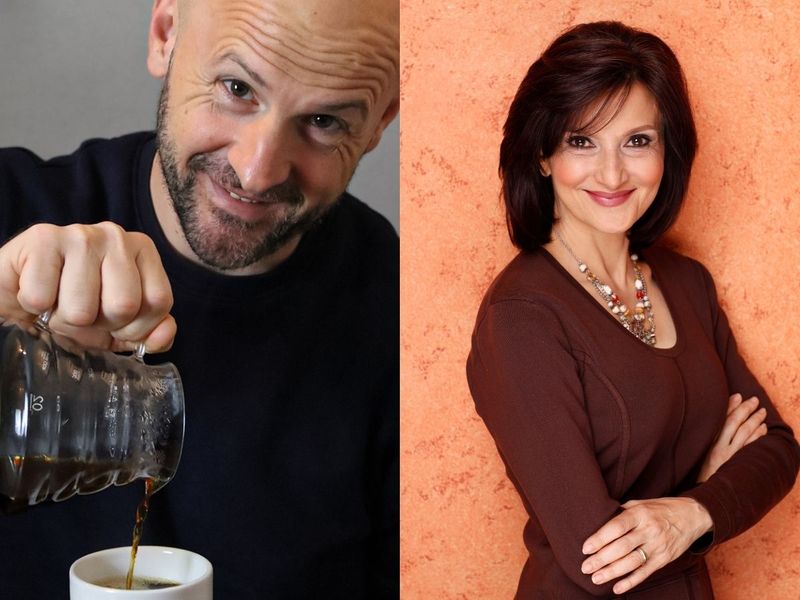
The mysterious affogato
There are claims that the idea of affogato first came to Italy during the 16th century. And no, it wasn’t actually gelato and espresso, much rather it was grape juice with ice.
Affogato translates to the word “drowned” in Italian, but the dessert uses a generous amount of ice cold vanilla ice cream or gelato in a bowl, submerged or “drowned” under a shot of hot espresso (or two). According to Merriam Webster’s dictionary, the word was first added in 1992, which is also around the year when it rose to popularity in the United States of America.
However, it was quite popular in Italy way before it reached the West.
“Affogato has been popular in Italy since at least the early 1900s. It became known in the USA in the ‘80s, but hit its stride in popularity in the last 15 years with the increased interest in gourmet coffee. Who exactly invented it is unknown. Italians have been making coffee-flavoured desserts for centuries, ever since coffee was introduced in Italy, in the 17th century. There are documented recipes in Italian cookbooks dating back to the early 1800s for coffee-flavoured ice cream and ices, so they were combining espresso and gelato for centuries,” said Segan.
But before coffee found its place in desserts, it was (and continues to be) one of the most sought out beverages in Italy and all over the world, second to water.
However, coffee does not grow in Italy, although it is known as the coffee capital of the world!
Italy and its love of coffee
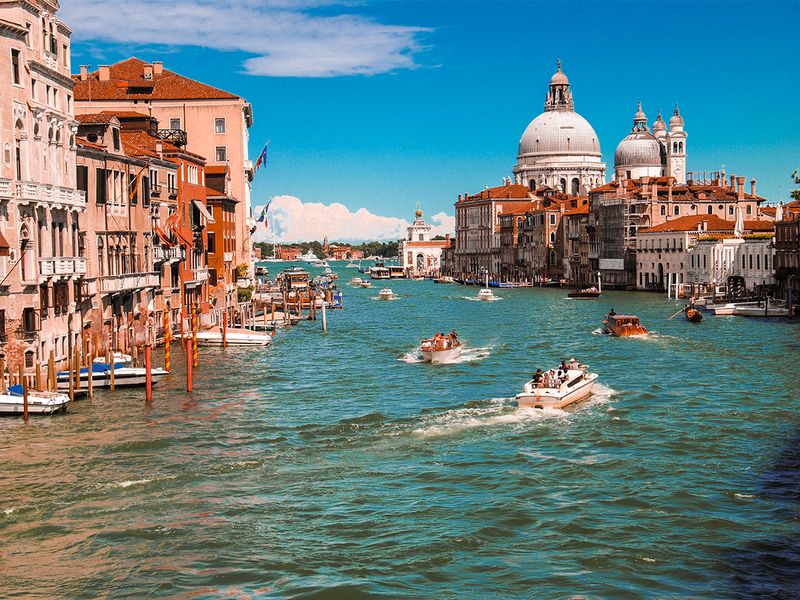
Italy’s coffee culture began during the 16th century. During such a time, Venice was listed as one among the first European ports to import coffee into the country.
“Italy’s coffee culture is said to have been inspired by the Turkish way of roasting coffee, but it was only during the 1900s when it came into the limelight. It became so popular that this was the second commodity which rose in sales after petrol,” said Sanapo.
While this was just the initial step to begin a culture around coffee, it took Luigi Bezzera, a Milanese man to make these beans into a more meaningful drink. It was around the 1900s when the idea of using pressurised water through a handful of coffee powder to produce a concentration first struck him.
He then went on to title it as ‘espresso’, because it would be “expressly” prepared for each customer. Not only was this quick to make, but one shot of this concoction would be enough to refuel anyone with a hint of lethargy.
But how was it brewed?
In 1901, the first espresso machine took its form during Europe’s Industrial Revolution. Bezzera registered a patent under this with group heads and porta filters, but he wasn’t financially equipped at the time to expand his idea into a business. It was in 1905 when Desiderio Pavoni bought Bezzera’s machine and tweaked it to improvement, which also led him to invent the first pressure release valve.
By 1906, both Bezzera and Pavoni perfected the machine, titling it ‘Ideale’ and introduced caffè espresso (the first espresso), during the annual Milan fair of the same year. The machine produced a minimum of 1,000 cups, although it primarily relied on steam, which was also the result of the bitter taste due to ‘burnt’ coffee. Soon after this, steam was replaced with electricity and burnt coffee wasn’t an option anymore.
During the 1930s, espresso was in the hands of every diner despite the machine being so heavy to carry around. Which is why, to make things easier, Italian engineer Alfonso Bialetti introduced a portable version of the espresso machine dubbing it moka pot in 1933.
This was used over a flame or an electric cooking range, and has three chambers – the lower one to pour water in, the middle chamber has a funnel which holds ground coffee, and the top chamber collects the decoction.
At the turn of the century, espressos rose so much into popularity in Italy that it soon became the sole reason for coffee table conversations, meetings and eventually becoming a country known for its coffee.

Coffee may not grow in Italy, but Italians are famous for their coffee for several reasons. One, Italian coffee companies have perfected how to blend various types of coffee beans from around the world to create fabulous flavour profiles. Two, Italians have perfected how to roast the raw beans and three, they have perfected how to brew it
And today, we have automatic espresso machines.
“Italy’s coffee culture began with its introduction into Italy in the late 1600s. Italians like to linger at the table after a meal and coffee provides the perfect excuse to stay, chat and relax after a meal. Dessert is leisurely and often served in three parts. First the sweet itself, which is accompanied by a dessert [drink], then the espresso is served. Unlike in the States, in Italy, coffee is served only after dessert is eaten. In fact, it’s considered rude for a restaurant to rush customers by setting down coffee with the dessert!” added Segan.
Drinking espresso the right way
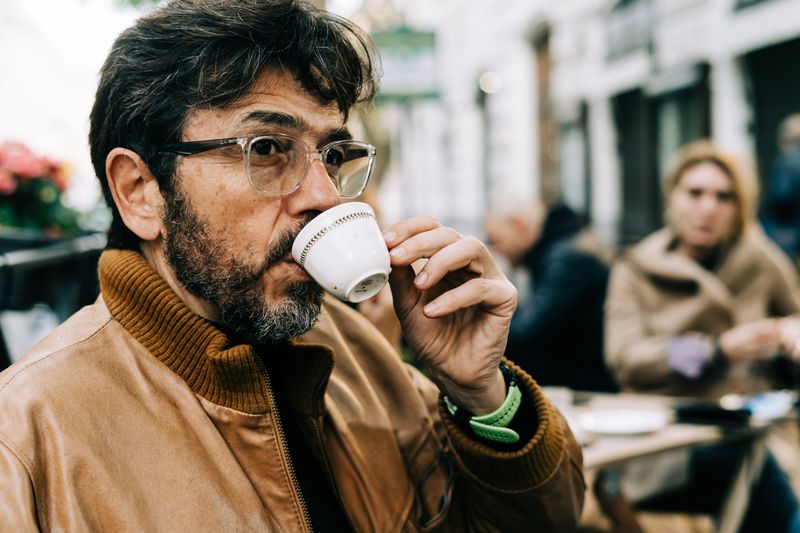
“One of the unwritten rules in Italy is that cappuccino is not consumed in the afternoon or evenings,” said Segan.
Often served in a thick-walled porcelain cup, the coffee must be stirred using a teaspoon in delicate movements, from top to bottom. Pro tip: Make sure the espresso is warm and never piping hot. Once you have sipped your espresso clean, drink a little water to clean your palate to fully enjoy the espresso experience. You don’t have to ask for water separately, it is often given to you along with your cup of espresso.
There are also many types of Italian coffee. Here is a list of some of the options, as shared by Segan.
Espresso lungo – a normal Italian espresso is generally made with 1 and half ounces of water. A milder version, made with an ounce or two more water is called espresso lungo. Caffe Americano, with even more hot water added, is very weak.
Espresso ristretto – It is the opposite of lungo. With only 1 ounce of water, it is even more concentrated than normal espresso.
Espresso doppio – two shots of espresso.
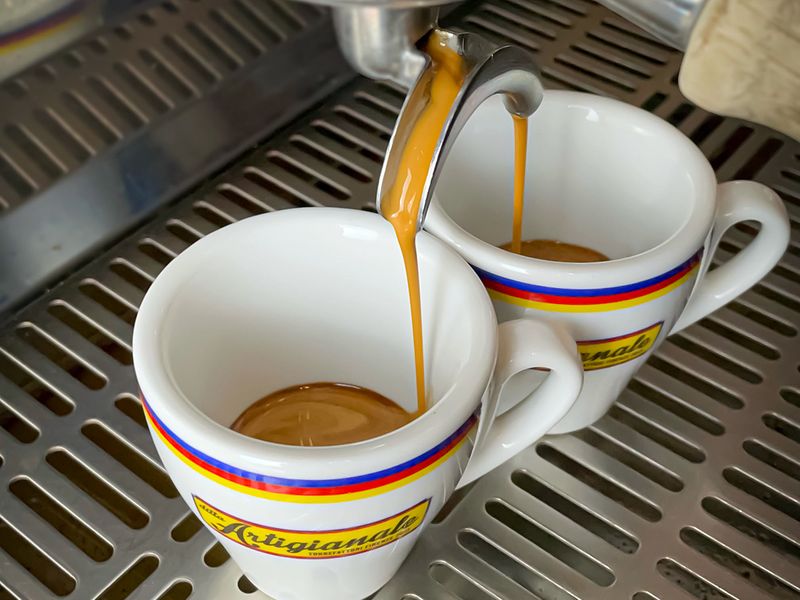
Espresso macchiato – a shot of espresso “marked or stained” with a tablespoon of frothy hot milk. The reverse, latte macchiato, is a tall glass of hot steamed milk “marked” with a shot of espresso.
Espresso corretto – most often it’s a shot of espresso “corrected” (or perhaps better translated as “improved”) with a splash of alcoholic beverage.
Cappuccino, also in some regions “cappuccio” – is a single shot of espresso topped with steamed and frothy milk and served in a 5 to 6 ounce cup. In Italy, cappuccino is strictly a morning drink, never drunk after lunchtime. The name comes from the colour of the robes of the Capuchin monks.
Caffe d'Orzo – barley coffee, a caffeine-free coffee substitute, which can be ordered in any of the above variations, including cappuccino d’orzo.
“Order an affogato from a café in one of Italy’s pretty piazzas (town squares or market place) and begin the drink by taking little tastes with a spoon, then end by drinking directly from the glass - this glorious Italian elixir,” said Segan.
So, how does one perfect the art of making espresso?
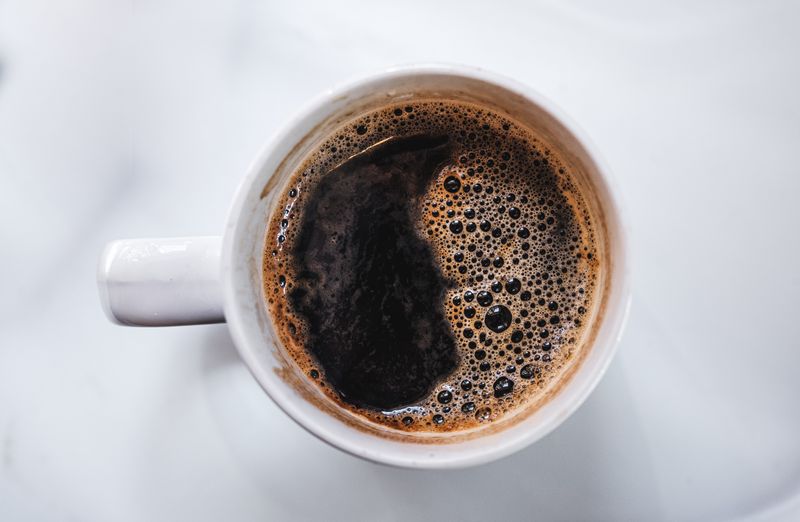

Honestly, the onus of it lies on the skill of the barista. There are several stages involved starting from coffee producer, the roaster to the barista, so it is quite a complex procedure. With seven to nine grams of coffee, you would get at least 18 to 20 grams of decoction in the cup.
“You also have to make sure you brew your coffee for a maximum of 25 to 30 seconds – nothing more, nothing less – because that would be evident in the flavour of your coffee. The temperature in which the espresso is served must always range between 90 to 95C, whether you are drinking it as is or with the affogato,” Sanapo further added.
Among all this, a thin foamy brown layer or crema, which lasts up to two minutes, gives you the green light for a perfectly brewed espresso.
This is the key ingredient to making a traditional bowl of affogato. That and gelato or ice cream.
Making the perfect affogato
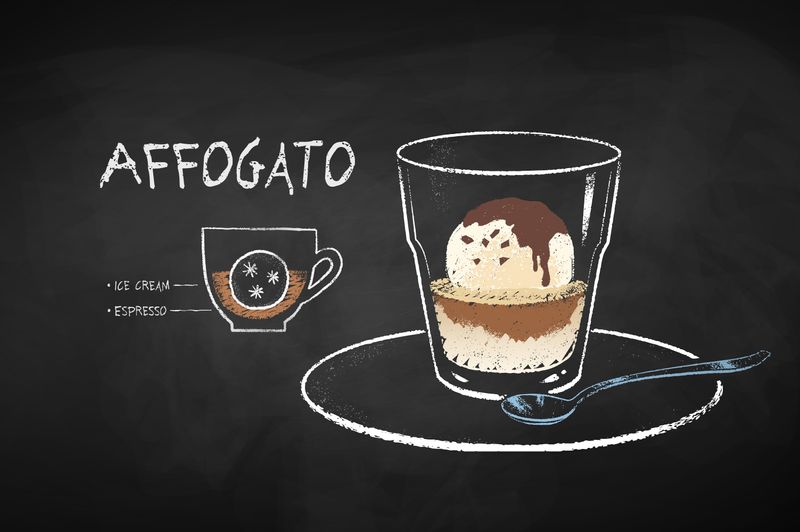
Not too hot, never too cold, the affogato is a delicious balance of flavour. The power of relishing your affogato is that it can never be a bad experience – the level of happiness is consistent, which may grow over time, given that you tweak the recipe for it based on the ice cream or gelato of your choice!
Got a few coffee-based recipes up your sleeve? Tell us about them on food@gulfnews.com



